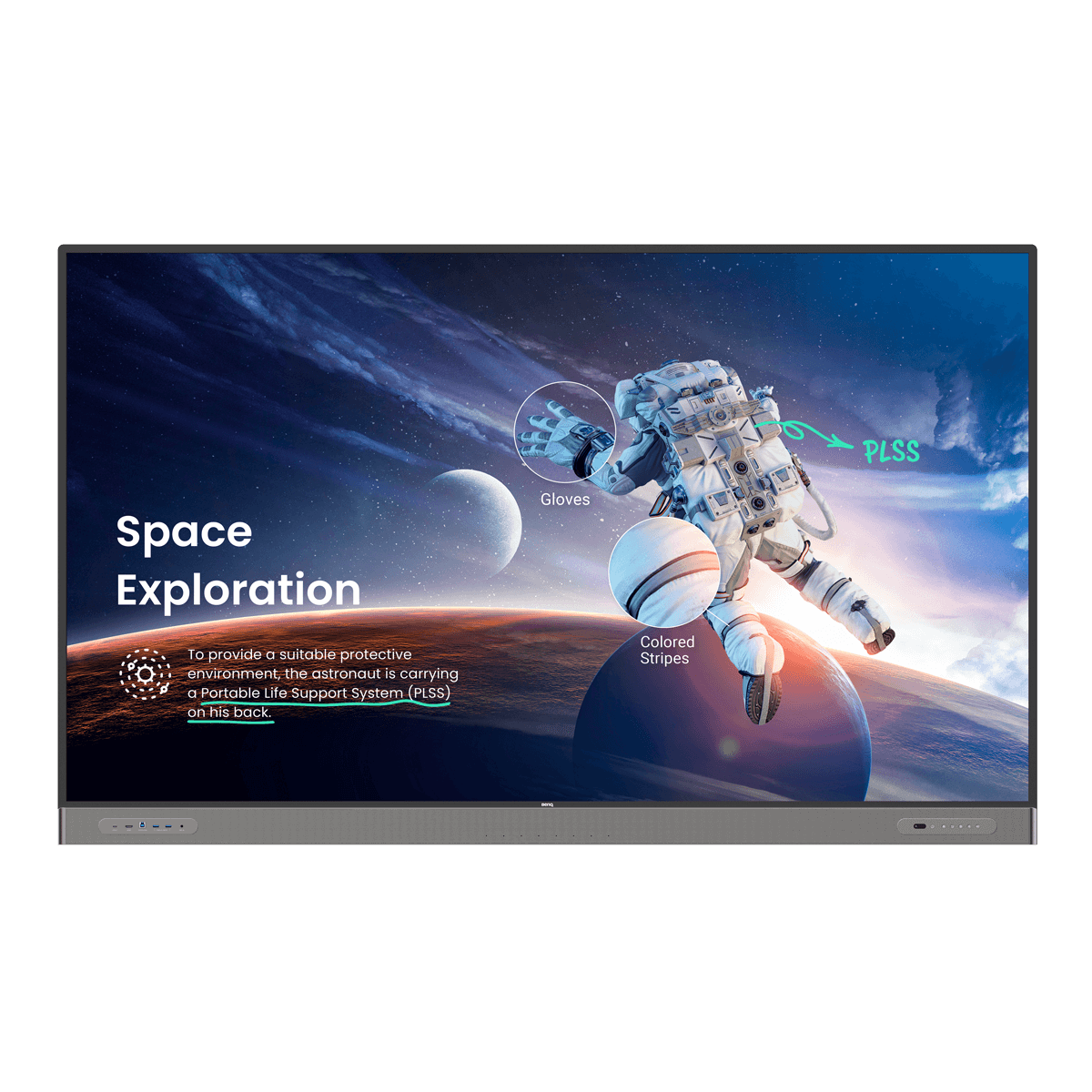Air pollution is synonymous with factory fumes and heavy road traffic, not classrooms. We think of closing windows and keeping children safe inside. Yet many dangerous emissions are generated from indoors. EPA studies have shown that indoor levels of pollutants may be two to five times — and occasionally more than 100 times — higher than those outside. Given most K-12 students spend about 1,000 hours in the classroom every year, this makes indoor air quality an important issue for schools.
Whilst it will be no news to teachers that fresh air is beneficial for our children’s brains and bodies, with growing scientific evidence of the link between poor ventilation and the spread of COVID-19, clean air in classrooms is now more important than ever. We look at the impact of poor air quality on students, measuring the classroom microclimate, and how classroom technology can help educators improve the physical learning environment.


Poor air is harmful to both health and learning outcomes
Classrooms are often crowded, overheated and poorly ventilated, increasing the generation of carbon dioxide (CO2). When acceptable levels of CO2 are exceeded, the results can be headaches, nausea, poor concentration, blurred vision and more. Another major source of emissions which are hazardous to student health, include volatile organic compounds (VOC’s) released by building materials, paints furnishings and cleaning materials. According to the World Health Organisation, there is no safe level of exposure to VOC’s. Finally, particulate matter (PM 2.5 and PM10), typically from heating systems, can impact air quality. The effects of bad air quality are well documented and include coughing, eye irritation, allergies, asthma and headaches.
As well as being harmful to growing bodies, poor air is detrimental to growing minds. Science continues to confirm our teachers lived experience - stuffy classrooms impact student learning. Studies by the U.S. Environmental Protection Agency (EPA) have shown “even modest changes in room temperature affect students’ abilities to perform tasks requiring mental concentration”. In one study, students in US classrooms with better ventilation scored 14 to 15 percent higher on standardized tests.


COVID-19 and poor classroom ventilation are a bad combination
The issue of poor air ventilation has increased with COVID-19. As the pandemic endures, and scientists study real world super spreader situations, our understanding of how the COVID-19 spreads has gone from speculation to scientifically proven. Currently, health experts have identified three ways the virus is spread.
- Contaminated surfaces – through particles called fomites
- Droplets – larger than 300 micrometres, droplets are produced when speaking, coughing, singing or sneezing and spread the virus when inhaled by others nearby
- Aerosols – minute contagious particles are less than 100 micrometres in diameter, which are exhaled by an infectious person
Which method of transmission poses the highest risk? Experts agree that transmission via contaminated surfaces is the least likely. As for droplets, the risk of catching the virus can be mitigated through masks and social distancing. Furthermore, droplets fall to the ground within seconds - unlike aerosols.
Aerosols hang around, remaining suspended in the air for hours, particularly in an unventilated indoor environment. And there’s the quantity. Approximately 1,200 aerosols are released for each droplet. That’s 1200 times the risk - and without ventilation, aerosols accumulate over time, building to a wafting invisible fog of contagion. Clearly, COVID- 19 is making the adage “Fresh air impoverishes the doctor” more relevant than ever.
Using classroom technology to improve the environment
In short, poor air quality in classrooms is not good for learning outcomes, student and teacher health or disease transmission. To be confident of a healthy classroom microclimate, educators need data to act on - key environmental parameters measured and monitored in real time - in real classroom situations.
With this in mind, our new smart board, The Classroom Care Interactive Flat Panel, was designed with built in air quality sensors. Temperature, humidity, PM 2.5, P10, CO2 and VOC concentration levels are measured and displayed on the smart board, which means teachers can intervene with appropriate actions, such as opening windows or adjusting air conditioning. In addition, this third-generation interactive display screen has longer-lasting anti-bacteria properties than any conventional germ-resistant screen or smartboard on the market.
By changing factors such as ventilation and temperature, based on accurate information, teachers can lower the risk of spreading COVID-19, improve student performance and protect student health. BenQ ClassroomCare® Interactive Flat Panel Display unit with built in air quality sensors - classroom technology that’s a breath of fresh air.




